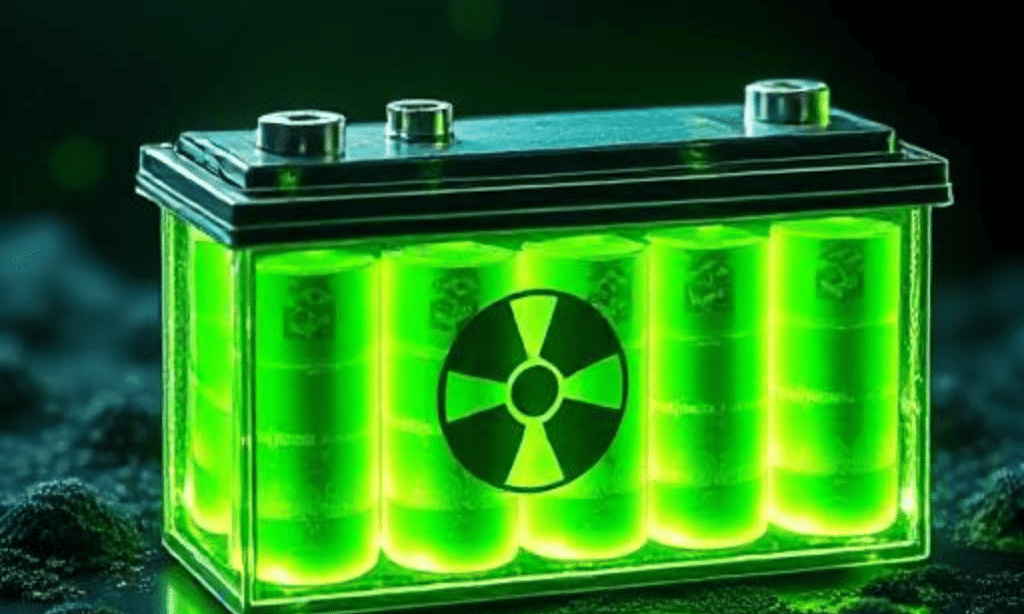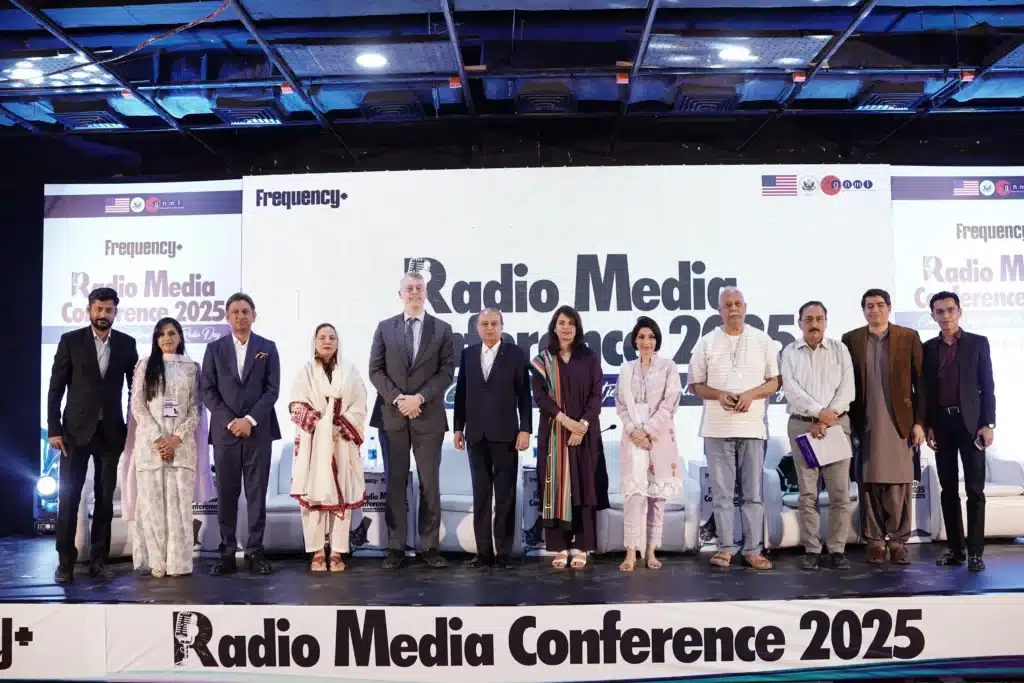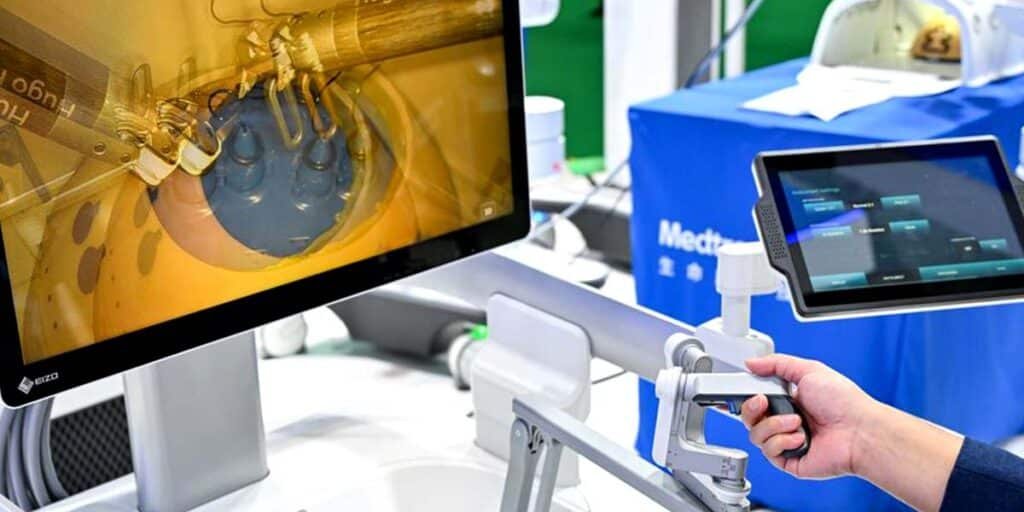SEOUL: South Korean scientists from the Daegu Gyeongbuk Institute of Science & Technology recently introduced a new concept for a nuclear battery that could last decades on a single charge.
Earlier in 2024, Chinese company Betavolt New Energy Technology Co., Ltd. unveiled a diamond nuclear battery. It is slightly smaller than a coin and can supply electricity for 50 years without recharging or maintenance. However, South Korean researchers proposed a new prototype that would provide energy for centuries without the need for recharging.
Nuclear batteries generate power by harnessing high-energy particles from radioactive materials. Some radiation, like beta particles, can be safely shielded with a thin aluminum sheet. This makes betavoltaics a safe choice for nuclear batteries.
The South Korean prototype uses carbon-14, a radioactive form of carbon. This isotope emits beta radiation, which is easily shielded. Carbon-14 is cheap, readily available, and easy to recycle, as it is a byproduct of nuclear power plants. Since it degrades slowly, the battery could theoretically provide energy for decades or even centuries.
The new prototype shows a significant improvement in energy conversion efficiency, increasing from 0.48% to 2.86%. The battery’s size is small, roughly the size of a finger. Such batteries could power devices like pacemakers, potentially lasting a lifetime without needing replacement.

However, the current prototype still converts only a small fraction of radioactive decay into electrical energy, making it less efficient than conventional lithium-ion batteries. Researchers need further development to improve its performance.
Betavolt’s diamond nuclear battery, introduced in 2024, is about the size of a coin and can run for 50 years without recharge. The company plans to launch it for mass production soon. Betavolt’s mini nuclear battery uses nickel-63 nuclear isotope decomposition and China’s diamond semiconductor module.
Betavolt claims to be ahead of European and American research institutions in developing these mini-nuclear batteries. The mini battery combines a 2-micrometre-thick nickel-63 film between two diamond semiconductor converters. The decay energy of the radioactive source is converted into electrical current.
The company’s first battery, the BV100, measures 15mm x 15mm x 5mm and provides 100 microwatts of power at 3 volts. Betavolt plans to release a more powerful version with 1-watt output in 2025. These batteries can be connected in series or parallel to create larger power sources.
Nuclear batteries, also known as radionuclide batteries, have been in use for a long time. Russian researchers reported breakthroughs in mini-nuclear batteries with a 50-year service life back in 2019. Small nuclear batteries have powered space missions since the 1960s, and nuclear-powered pacemakers were used in the 1970s.
These batteries use radioactive decay from Ni-63, but unlike traditional radionuclide generators, they convert beta radiation directly into electrical energy using a diamond semiconductor. Over time, the emitted energy decreases, and the battery can supply only limited power.
Due to the use of radioactive materials, nuclear batteries are unlikely to power everyday devices like mobile phones in the long term. It’s important to note that this method does not create a dangerous chain reaction like in a nuclear reactor.





